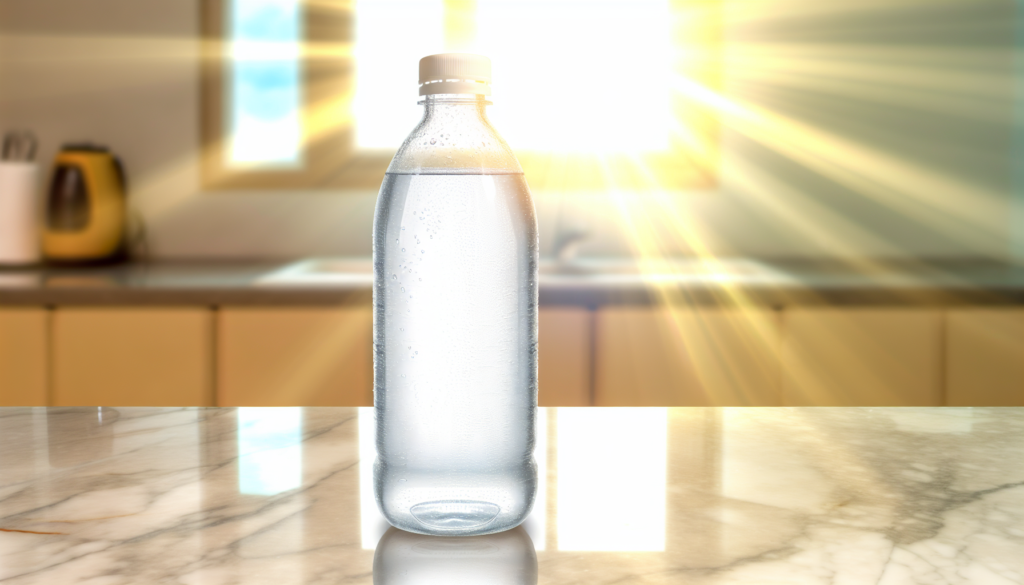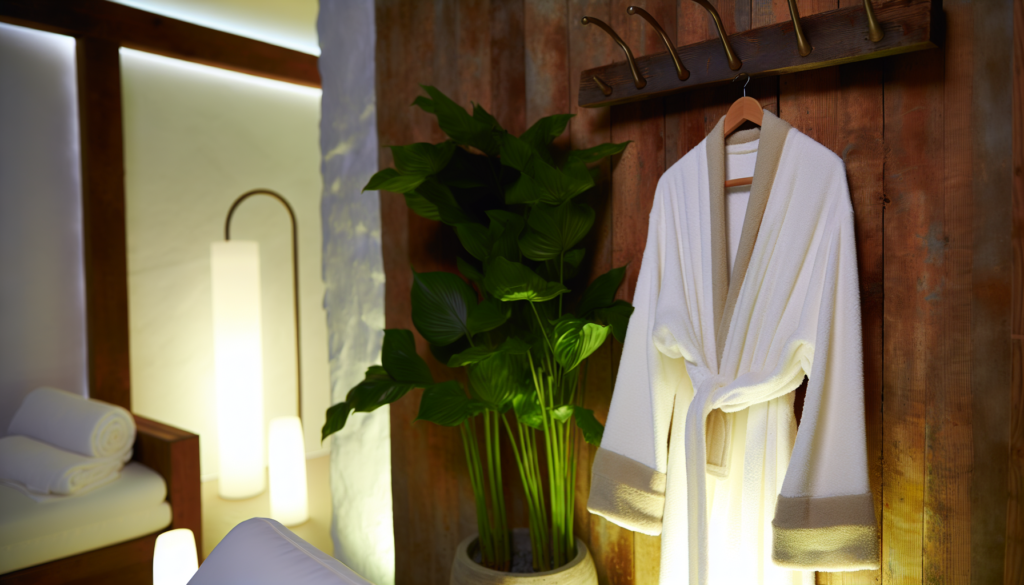The journey to achieving that coveted glass skin look might seem daunting, especially for those of us battling oily skin. I’ve been there—blotting papers in every purse, makeup sliding off by noon, and that dreaded midday shine in every photo. But here’s the good news: oily skin actually has advantages when it comes to achieving the glass skin trend! With the right approach, that natural oil production can become your secret weapon for that luminous, dewy complexion. Let’s explore a simple yet effective routine for oily skin that will help you transform your complexion from greasy to glossy in just five straightforward steps.
What Exactly Is “Glass Skin”?
Before diving into our routine, let’s clarify what we’re aiming for. Glass skin isn’t just another fleeting beauty trend—it’s a skin condition characterized by exceptional clarity, luminosity, and smoothness. Think of skin so healthy it resembles a pane of glass: reflective, poreless, and incredibly even-toned.
The Korean beauty world introduced us to this concept, but it’s become a universal goal regardless of skin type. And yes, even if you’re fighting oil slicks by lunchtime, you can achieve this look—sometimes even more effectively than your dry-skinned friends!
Step 1: Double Cleansing – Your Foundation for Success
The first step toward glass skin starts with thorough cleansing—not just once, but twice. This method is particularly crucial for oily skin types.
Oil-Based Cleanser First
Begin with an oil-based cleanser. Sounds counterintuitive, right? But hear me out—oil dissolves oil. A good oil cleanser will:
Massage the oil cleanser onto dry skin for about 60 seconds, then rinse thoroughly.
Follow With a Gentle Foaming Cleanser
Now that the heavy lifting is done, follow with a gentle foaming cleanser formulated for oily skin. Look for ingredients like:
Remember, even with oily skin, you don’t want to strip your face completely. That squeaky-clean feeling? It’s actually your skin sending distress signals, which can trigger even more oil production.
Step 2: Exfoliation – The Key to Clarity
Oily skin tends to accumulate dead cells more visibly, making regular exfoliation essential for that glass-like clarity.
For oily skin, chemical exfoliants typically work better than physical scrubs. They dissolve the bonds between dead skin cells rather than scrubbing them away, which can irritate oily, acne-prone skin.
Choose Your Exfoliant Wisely
Start with 2-3 times weekly, then adjust based on your skin’s response. Over-exfoliation can damage your moisture barrier and actually increase oil production. The goal is balance, not warfare against your skin’s natural functions.
Step 3: Hydration – Yes, Oily Skin Needs It Too
This step is where many of us with oily skin go wrong. We think hydration equals more oiliness, but it’s actually the opposite. Dehydrated skin produces more oil to compensate.
Focus on Water-Based Hydration
Look for lightweight, water-based products like:
Layer these thinnest to thickest, allowing each to absorb before applying the next. This method, inspired by Korean skincare, ensures deep hydration without heaviness.
You might be amazed at how your skin’s oil production stabilizes when it’s actually well-hydrated. Many of my clients with oily skin report significant reduction in midday shine after incorporating proper hydration steps.
Step 4: Targeted Treatments – Address Specific Concerns
Glass skin isn’t just about the glow—it’s about clarity and evenness too. This step targets any issues standing between you and that flawless finish.
Common Oily Skin Concerns
Remember to introduce new actives gradually. Your skin barrier needs time to adjust, especially if you’re using potent ingredients like retinol or high-percentage acids.
Step 5: Lock It In – The Right Moisturizer Makes All the Difference
Contrary to popular belief, oily skin absolutely needs moisturizer. The trick is finding the right formulation.
What to Look For
During the day, finish with a lightweight, high-protection sunscreen. UV damage undermines all your glass skin efforts and can actually increase oil production over time.
For nighttime, you might consider a sleeping mask once or twice weekly to enhance repair while you sleep—just make sure it’s formulated for oily skin types.
The Extra Mile: Weekly Treatments
To truly achieve that glass skin effect, consider adding weekly treatments:
The combination of daily care and weekly intensive treatments creates the perfect environment for glass skin to flourish.
Achieving glass skin with oily skin isn’t about fighting your skin’s natural tendencies—it’s about working with them. That natural oil production can actually help you achieve a luminous finish that others have to create with highlighter! The key is balance, consistency, and using the right products in the right order.
Remember, glass skin isn’t achieved overnight. Give this routine for oily skin at least 4-6 weeks to show results. Your skin cells renew approximately every 28 days, so patience is essential in any skincare journey. With consistent application of these five steps, you’ll be on your way to transforming your oily complexion into the enviably luminous glass skin you’ve been dreaming of!







